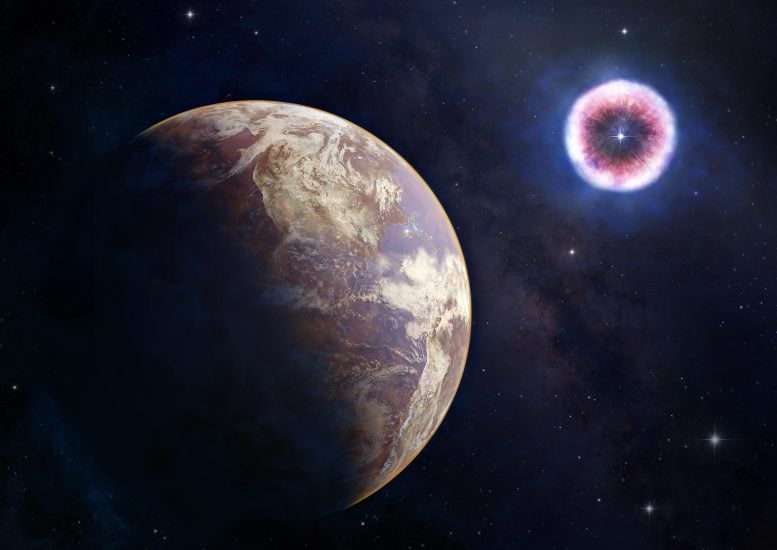
A new study has examined the possible impact X-rays could have on planets within a certain distance of supernova explosions. Data from Chandra and other telescopes suggest that planets within about 160 light-years could be subjected to an intense wave of X-rays, which may significantly damage their atmospheres. This artist’s illustration shows such an affected planet in the foreground in the months to years after the explosion (seen in the background) after it has been bombarded by X-rays, as well as a second panel that shows the planet just as the supernova goes off. The study suggests that the areas within the Milky Way galaxy where conditions would be conducive for life as we know it would be smaller. Credit: NASA/CXC/M. Weiss
New research reveals that supernovae can pose an additional, previously unidentified threat to nearby planets. This involves intense X-rays, generated when a supernova’s blast wave hits dense surrounding gas, potentially damaging planets’ atmospheres up to 160 light-years away and possibly leading to mass extinction events. Earth is not currently at risk, but may have faced such exposure in the past.
An exploded star can pose more risks to nearby planets than previously thought, according to a new study from NASA’s Chandra X-ray Observatory and other X-ray telescopes. This newly identified threat involves a phase of intense X-rays that can damage the atmospheres of planets up to 160 light-years away.
Earth is not in danger of such a threat today because there are no potential supernova progenitors within this distance, but it may have experienced this kind of X-ray exposure in the past.
Before this study, most research on the effects of supernova explosions had focused on the danger from two periods: the intense radiation produced by a supernova in the days and months after the explosion, and the energetic particles that arrive hundreds to thousands of years afterward.
However, even these alarming threats do not fully catalog the dangers in the wake of an exploded star. Researchers have discovered that, in between these two previously identified dangers, lurks another. The aftermaths of supernovae always produce X-rays, but if the supernova’s blast wave strikes dense surrounding gas, it can produce a particularly large dose of X-rays that arrives months to years after the explosion and may last for decades.
The calculations in this latest study are based on X-ray observations of 31 supernovae and their aftermath mostly obtained from Chandra, NASA’s Swift and NuSTAR missions, and ESA’s (European Space Agency’s) XMM-Newton. The analysis of these observations shows that there can be lethal consequences from supernovae interacting with their surroundings, for planets located as much as about 160 light-years away.
“If a torrent of X-rays sweeps over a nearby planet, the radiation would severely alter the planet’s atmospheric chemistry,” said Ian Brunton of the University of Illinois at Urbana-Champaign who led the study. “For an Earth-like planet, this process could wipe out a significant portion of ozone, which ultimately protects life from the dangerous ultraviolet radiation of its host star.”
If a planet with Earth’s biology were hit with sustained high-energy radiation from a nearby supernova, especially one strongly interacting with its surroundings, it could lead to the demise of a wide range of organisms, especially marine ones at the foundation of the food chain. These effects may be significant enough to initiate a mass extinction event.
“The Earth is not in any danger from an event like this now, because there are no potential supernovae within the X-ray danger zone,” said co-author Connor O’Mahoney, also of the University of Illinois. “However, it may be the case that such events played a role in Earth’s past.”
There is strong evidence — including the detection in different locations around the globe of a radioactive type of iron — that supernovae occurred close to Earth between about two and eight million years ago. Researchers estimate these supernovae were between about 65 and 500 light-years away from Earth.
Earth is in the “Local Bubble,” a still-expanding bubble of low-density hot gas surrounded by a shell of cold gas that spans about 1,000 light-years. The outward expansion of stars near the surface of the Local Bubble implies that it formed from a burst of star formation and supernovae near the center of the bubble about 14 million years ago. The massive young stars responsible for the supernova explosions were then much closer to our planet than such stars are now, which put Earth at much higher risk from these supernovae in the past.
While this evidence does not tie supernovae to any particular mass extinction event on Earth, it does suggest cosmic explosions have affected our planet over its history.
Although the Earth and the solar system are currently in a safe space in terms of potential supernova explosions, many other planets in the Milky Way are not. These high-energy events would effectively shrink the areas within the Milky Way galaxy, known as the Galactic Habitable Zone, where conditions would be conducive for life as we know it.
Because the X-ray observations of supernovae are sparse, particularly of the variety that strongly interact with their surroundings, the authors argue that follow-up observations of interacting supernovae for months and years after the explosion would be valuable.
“Further research on X-rays from supernovae is valuable not just for understanding the life cycle of stars,” said co-author Brian Fields of the University of Illinois, “but also has implications for fields like astrobiology, paleontology, and the earth and planetary sciences.”
The paper describing this result appears in the April 20, 2023 issue of The Astrophysical Journal. The other co-authors of the paper are Adrian Melott from the University of Kansas and Brian Thomas from Washburn University in Kansas.
For more on this study, see NASA’s Chandra Unmasks New Cosmic Threat to Planetary Life.
Reference: “X-Ray-luminous Supernovae: Threats to Terrestrial Biospheres” by Ian R. Brunton, Connor O’Mahoney, Brian D. Fields, Adrian L. Melott and Brian C. Thomas, 19 April 2023, The Astrophysical Journal.
DOI: 10.3847/1538-4357/acc728
NASA’s Marshall Space Flight Center manages the Chandra program. The Smithsonian Astrophysical Observatory’s Chandra X-ray Center controls science operations from Cambridge, Massachusetts, and flight operations from Burlington, Massachusetts.

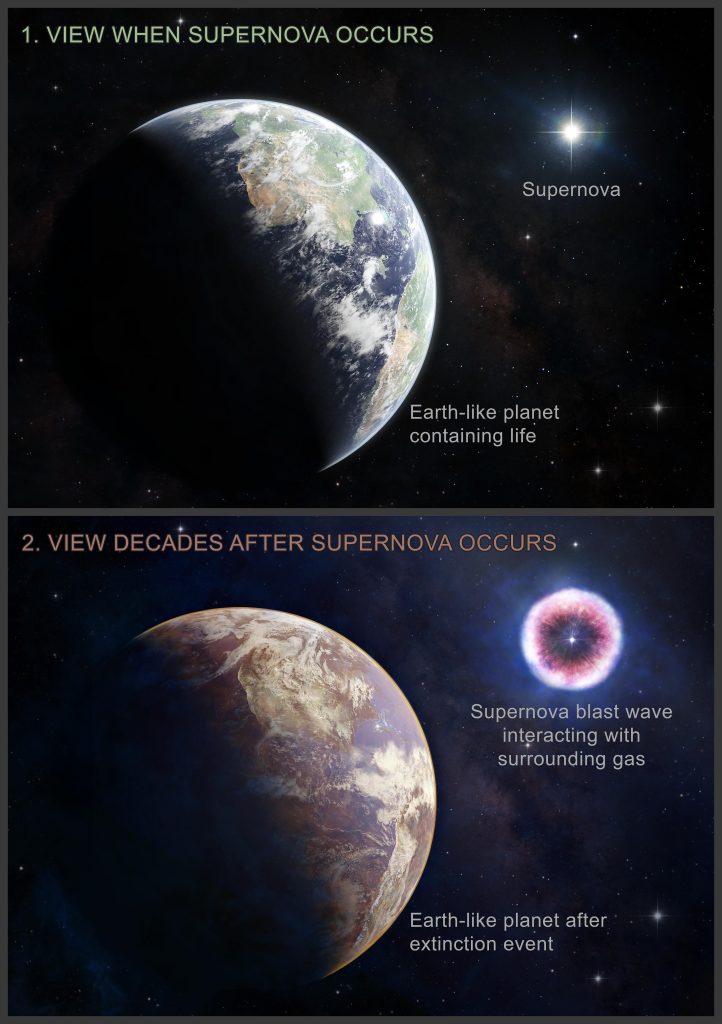
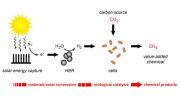



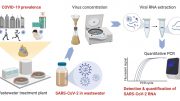

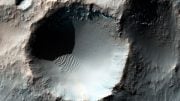
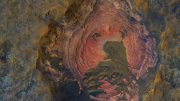
Be the first to comment on "Supernova Showers: A Deadly Rain of X-rays Threatens Planets"